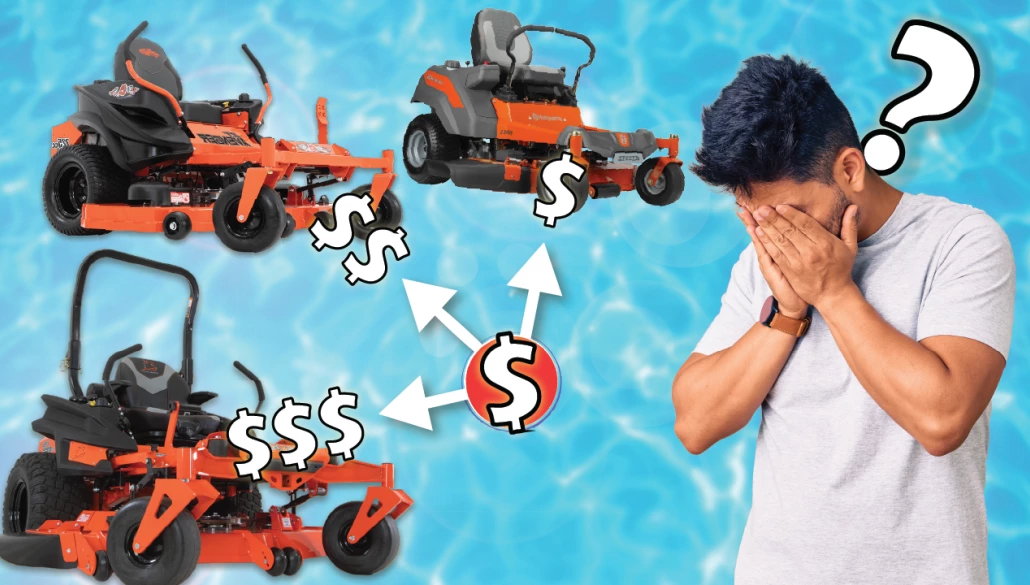Here is a three-way comparison of the Yanmar SA324 with the Kubota B2601 and the John Deere 2025R. These three tractors are in the 24-25HP range. And all have a Hydrostatic transmission.

THE TOP THREE SUBCOMPACT TRACTORS COMPARED
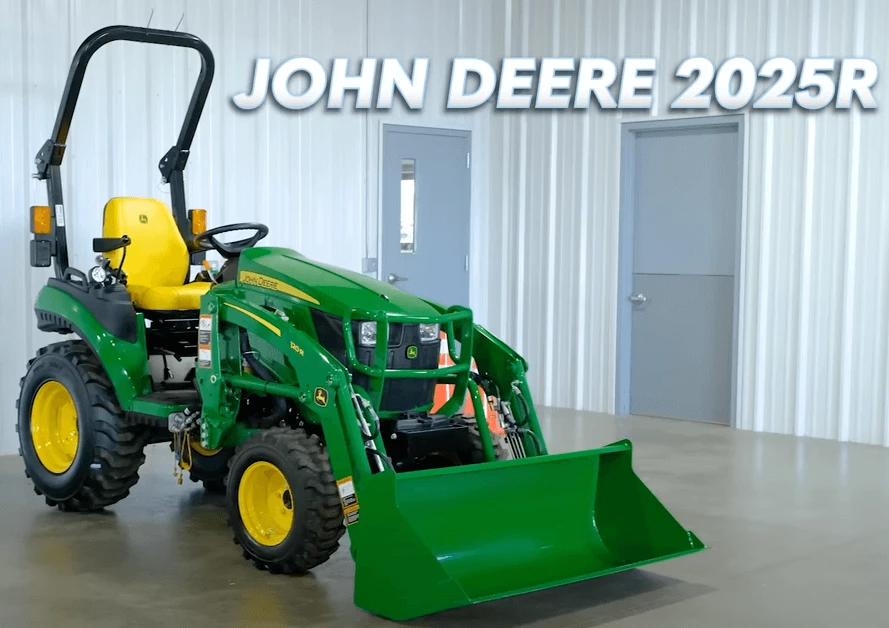

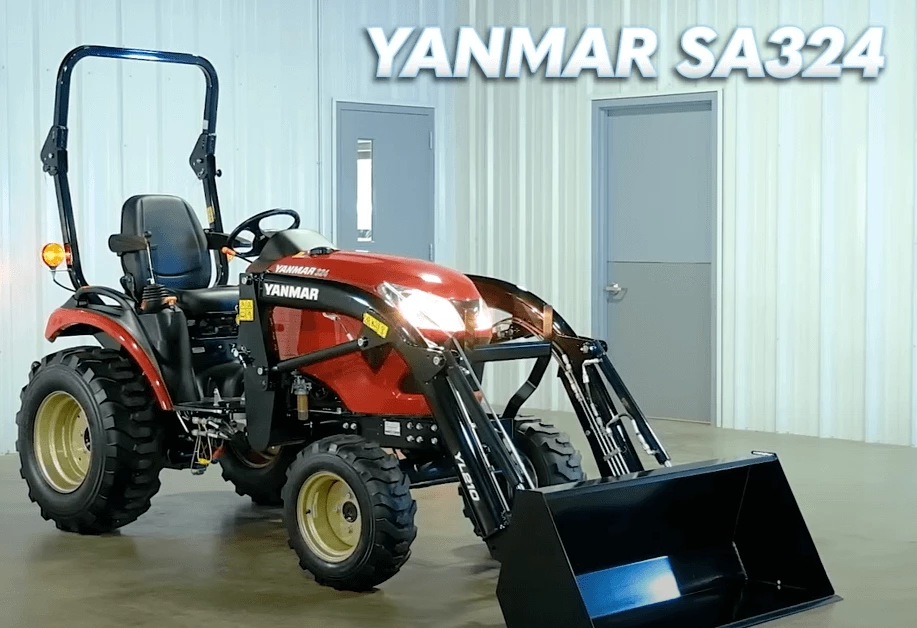
All three of these tractors make a great choice. Here are some ways to help you determine the tractor that best fits your needs.
PRICE COMPARISONS* |
|
JOHN DEERE 2025R |
$24,499 - $23,899 |
KUBOTA B2601 |
$23,000 - $21,800 |
YANMAR SA324 |
$19,944 - $18,000 |
*Prices can change depending upon configuration and location of purchase.
COMPARISON CRITERION
The best way to sort out the tractor that works for you is to include these subjects.
- Quality
- Ergonomics
- Value
Each component is an essential item worthy of your time and effort. Here is a breakdown of the tractors’ essential components.
POWERTRAIN
ENGINE
All three tractors use a three-cylinder liquid-cooled diesel engine. The Yanmar and John Deere tractors have engines designed by Yanmar. They have the same displacement of 1.3 Liters and produce 24HP. They do not require the use of DEF or DPF.
The Yanmar and John Deere engines use dual-canister air filters. Both tractors have screens to keep the engine running well.
The Kubota uses a Kubota engine with a 1.2-liter displacement producing 24HP. It also does not require the use of DEF or DPF. This tractor also uses a dual canister half the size of the other tractors. It also uses a screen in front of its radiator.
TRANSMISSION
All three tractors have a hydrostatic transmission and do not require a clutch. The Kubota has a high, medium, and low setting, while the other two have high and low settings.
The Yanmar transmission is noted for its fuel efficiency. It uses a dual hydraulic pump that delivers increased hydraulic flow when under load compared to the John Deere. The Yanmar difference in the power of its transmission is seen in the 18.1HP delivered to the PTO compared to the 12.8 HP available on the John Deere.
PTO COMPARISONS |
|||
MANUFACTURER |
YANMAR |
KUBOTA |
JOHN DEERE |
PTO HP |
18.1 |
19.5 |
12.8 |
Rear PTO RPM |
540 |
540 |
540 |
Mid PTO RPM |
2000 |
2000 |
2000 |
QUALITY
Quality is a description that can best be measured by how much a manufacturer stands behind their product. One of the ways to determine the manufacturer’s support is by its warranty.
WARRANTY COMPARISONS |
|||
MANUFACTURER |
YANMAR |
KUBOTA |
JOHN DEERE |
Bumper-to-Bumper |
Two Years |
Two Years |
Two Years |
Powertrain |
Ten* Years |
Six Years |
Six Years |
*Transferrable
ERGONOMICS
The Kubota is the only tractor that does not have a mounting step. This can make it difficult to get on the tractor when you are tired quickly, or conditions could be better due to mud or rain.
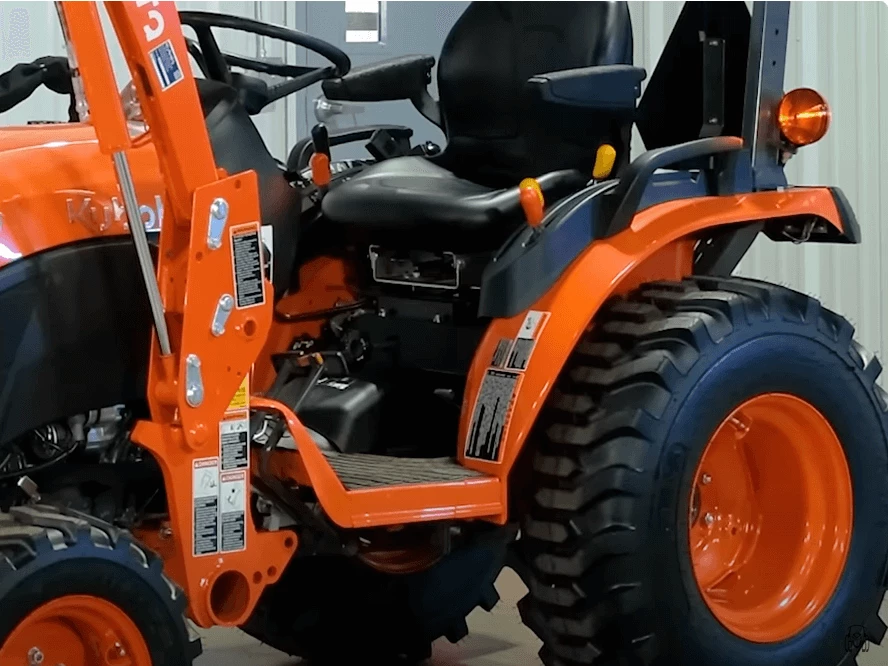
All three tractors have rubber floor mats. The John Deere has thick treads and deep wells for bolts that allow mud and debris to lodge. The Kubota floor mats are thin and can slip around. The Yanmar has a good grip with a diamond-raised surface.
High-back seats are installed on all three tractors. The John Deere and Yanmar seats have adjustable armrests. The Kubota does not have an adjustable armrest.
John Deere suspension for the seats only includes a rubber stop. Yanmar and Kubota use a coil/rubber combination for a smoother ride.
Only the Kubota and John Deere have tilt steering wheels. The Yanmar does not.
PEDALS
Pedals can make a big difference. Severe accidents and poor performance can occur if their use is not straightforward.
These tractors have hydrostatic transmissions. The Kubota model uses a rocker-style pedal. This is a clunky and confusing design.
The John Deere and Yanmar have separate pedals for each direction. However, the steel pedals on the Yanmar are sturdy and thus more reliable. They also have textured rubber for even more grip.
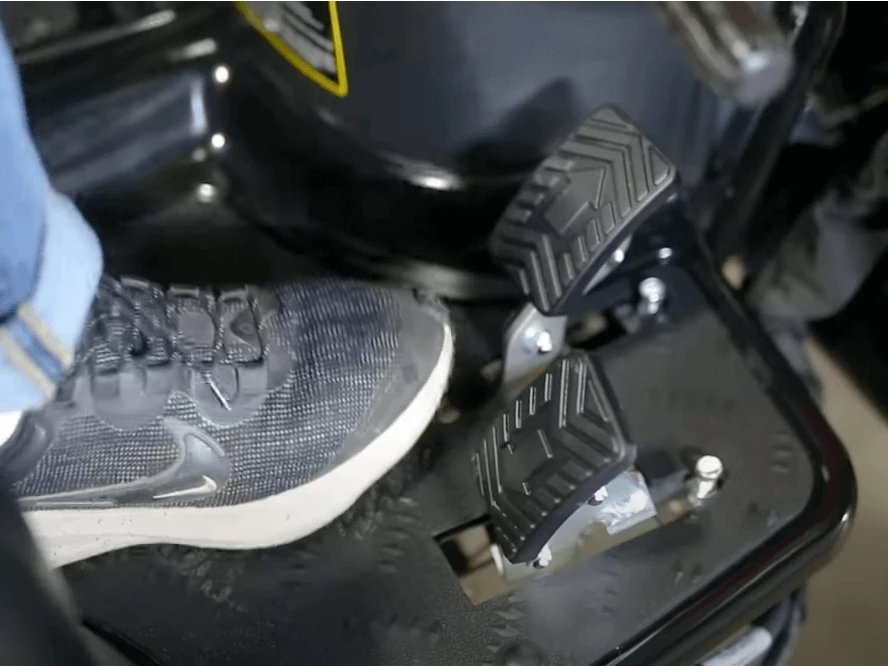
The brake pedal on the Yanmar is just above the directional pedals. The parking brake is set with a T-Handle before the loader stick.
John Deere put the brake for the 2025R on the left side of the tractor, and the parking brake is set with a latch on the lower right side of the steering column.
The Kubota brake pedal is on the left side. It is the only tractor that offers independent left-right braking. The parking brake is also on the left side of the steering column.
All three tractors have a rear differential lock. The John Deere model, in this comparison, uses a small straight rod without much gripping surface. An operator’s foot may easily slip off it.
CONTROLS
Transmission Range Lever
Left Side on All Three. Yanmar and John Deere have a Low, High, and Neutral Option. The Kubota has Low, Medium, High, and Neutral Options.
PTO
All three have a switch for the PTO to select from the rear to the mid-PTO. The Kubota has a lever to disengage the PTO, while the other two have an electronic switch.
2WD/4WD
Each tractor has a selectable drive from two-wheel drive to four-wheel drive.
3-Point Controls
All three tractors have the 3-Point Controls on the right-hand of the seat. They also all have a stop control so that they can return to the same height after they have been raised. The John Deere offers additional control under the seat and to its left for the height of the belly mower.
Cruise Control
The John Deere and Kubota have a mechanical cruise control lever. This control is optional on the Yanmar.
LOADERS
All three of these tractors were compared with the use of their loaders. Here are the similarities and differences.
CAPACITY |
|||
MANUFACTURER |
YANMAR |
KUBOTA |
JOHN DEERE |
MAX Weight Lbs. |
1,200 |
948 |
803 |
Loader Connection |
Self-Lowering Stand With Pins |
Bolt-On |
Self-Lowering Stand |
Bucket Connection |
Pin Style |
Skid Steer Quick Attach |
Pin Style |
The standard Kubota in this comparison uses a bolt-on bucket and does not have a skid steer quick attachment feature. For an additional $1,100, you can get an option with a quick attach feature with a level locator. It also allows a quick attachment of the hydraulic connections.
The John Deere has a self-lowering stand system to connect to the loader. You can quickly disconnect the hydraulic connections when the loader is clear of the cradle.
The Yanmar requires a process like the John Deere, but you must first move the legs out of the loader for it to rest on.
Brand-compatible components are required for John Deere and Yanmar.
Joystick
All three have a Loader Joystick mounted on the right side of the tractor. The Yanmar and John Deere have theirs located through the fender wall. The Kubota comes from under the seat using a very long handle. This makes the handle vulnerable to bumping and impacting the load.
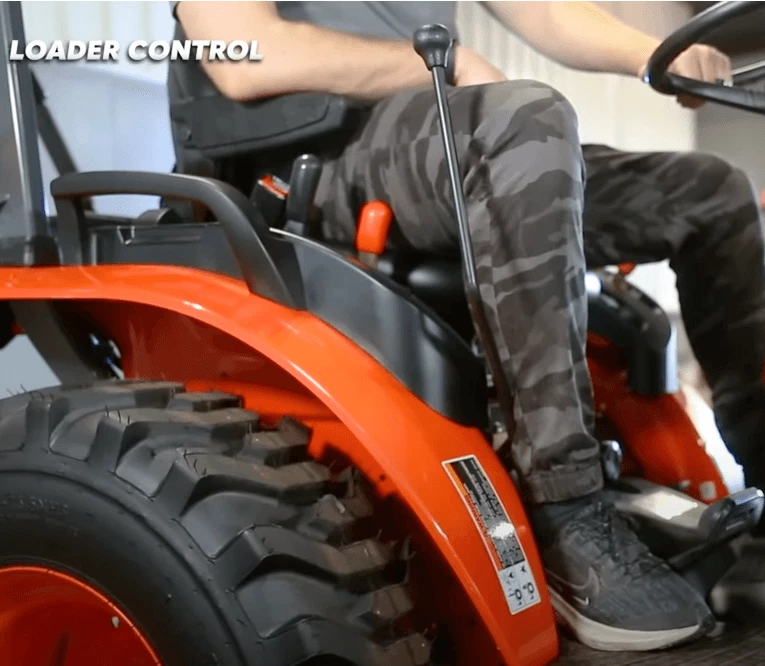
Kubota Joystick
Loader Lock
Each of the tractors has a loader lock. It is challenging to use on the Kubota. The Yanmar and John Deere have a similar locking mechanism pulled out or pushed in.
STORAGE
All three tractors have a cup holder and a cubby. The Yanmar has two cubbies. They are large, and one is on each side of the tractor. The Kubota has a very small cubby with a 12-volt DC Power Supply next to it.
The John Deere and Kubota both have plastic toolboxes on the tractor. Both are of a practical size and are easy to use. The Yanmar does not have a toolbox.
3-POINT HITCH SYSTEM
All three tractors have a Category One 3-Point Hitch. This allows the operator to return to a specific height for mowing or grading.
The Yanmar and John Deere tractor uses a turnbuckle system. This allows control of the sidebar for height configuration.
The Kubota uses a pin-style system. This is less strong than the turnbuckle system but is quicker to adjust.
A drawbar comes with the Yanmar and Kubota tractor. It allows you to use drag-style implements and ball hitches. The John Deere does not have a drawbar.
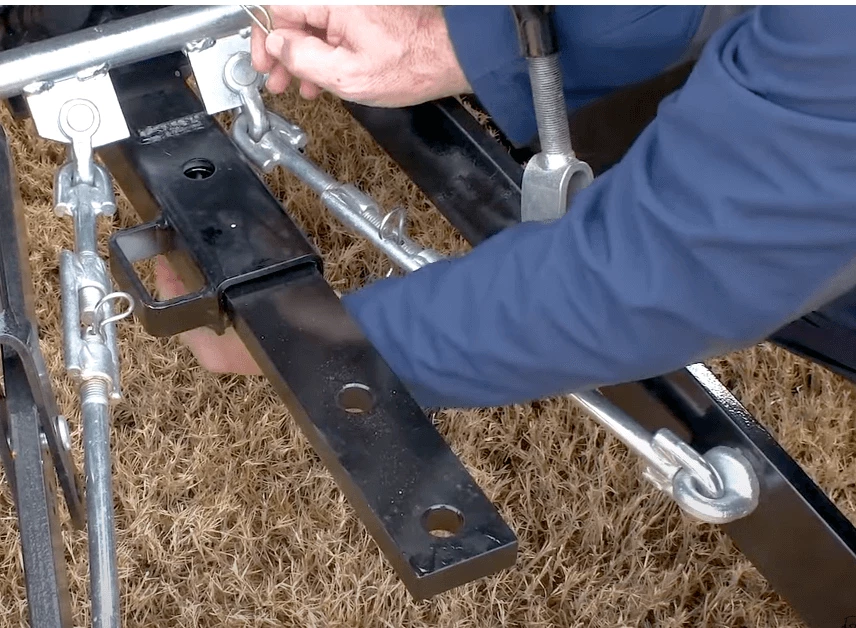
Here are each tractor's lift capacities (24” behind the lift point).
- Yanmar – 1,209 Lbs. Max Lift
- John Deere – 915 Lbs. Max Lift
- Kubota – 1,411 Lbs. Max Lift
LIGHTS
All three tractors have headlights, hazard lights, and taillights. The John Deere is the only one that includes a work light on each side. The John Deere has four knockouts, and the Yanmar has two for additional lights, controls, or other uses.
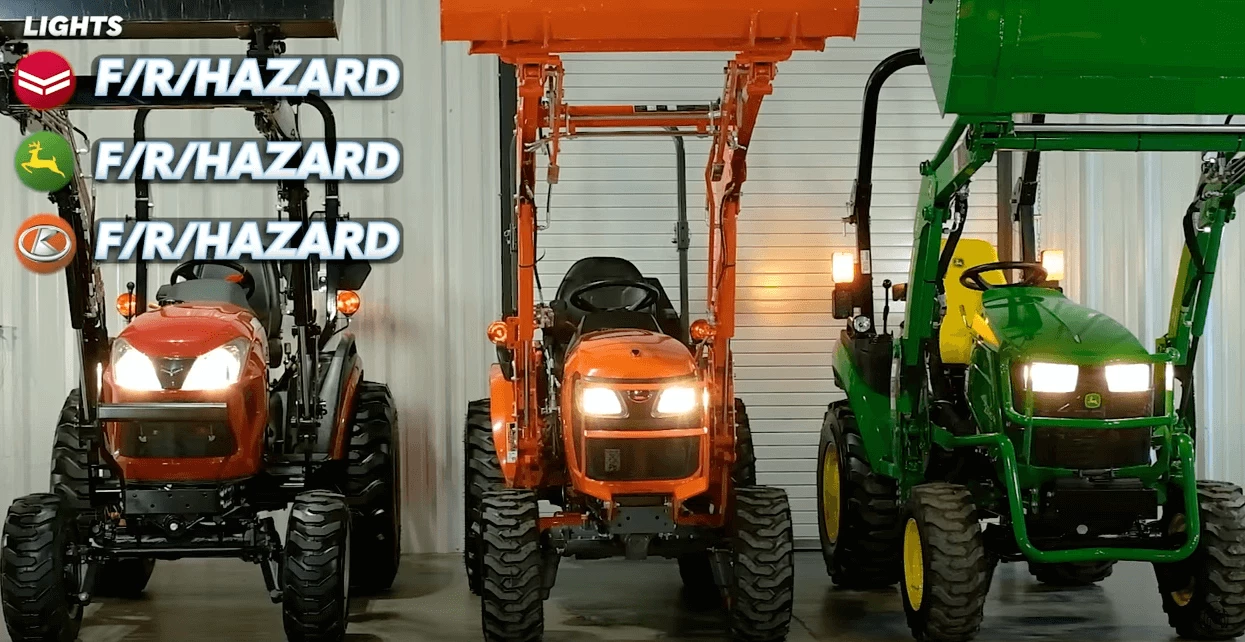
BODY
The Yanmar and John Deere tractors have plastic fenders. The Kubota has steel fenders.
The hoods for the Yanmar and John Deere are both plastic. The Kubota has a steel hood.
The Yanmar is the easiest to service as its hood swings up and away. A gas spring lifts the hood and keeps it up until pulled down.
The John Deere hood only lifts the top portion. This requires unpinning the sides to access the engine and service points fully. The John Deere also uses a gas spring.
The Kubota hood lifts and away. But you still need to remove the plastic sides to gain full access to the engine. They feel flimsy and are challenging to reinstall. A metal rod lock holds the hood up during service.
DIMENSIONS
DIMENSIONS |
|||
MANUFACTURER |
YANMAR |
KUBOTA |
JOHN DEERE |
Wheelbase |
63” |
61.4” |
63” |
Track* (Width) |
54.6” |
49” |
48” |
Weight Lbs |
1,839 |
1,632 |
1,795 |
*Wider Track & Greater Weight = Greater Stability
PROOF
Tractor Bob put all three tractors through their paces to determine how they compare to each other when conducting real-world tests. You can see these tests on Tractor Bob’s YouTube Channel.
Two other YouTube Videos show the components of each tractor in greater detail. You can seem them here:
- Tractor Comparison Part 1 – John Deere vs. Kubota vs. Yanmar
- Tractor Comparison Part 2 – John Deere vs. Kubota vs. Yanmar
CONCLUSION
All these tractors have a small advantage over others in some categories. It does seem clear that the Yanmar is the best consumer choice for these reasons.
- Overall Performance
- Warranty
- Price
You can see more details about the Yanmar324 in a video on the Tractor Bob Channel.

Tractor Bob is committed to helping buyers find the right solution for their power equipment needs. You can also learn more about using your power equipment on this site.
Reach out to one of Tractor Bob’s product experts to select a machine that fits your needs.

Related Posts
-
![YouTube Thumbnails [Recovered]-04](https://www.tractorbob.com/themes/tractorbob/assets/images/1x1.png)
The NEW Bad Boy Equipment Available in 2026 | Recon, Revolt Fury, Rebel EV, Terrain, Tractor Implements, and More!
In this article, we go over all of the new products and changes to existing products to expect from Bad Boy in 2026. Everything from their... Continue Reading
-

How to Pick the Right Zero-Turn Mower
How you pick the right zero-turn mower is a frequently asked question by those shopping for one. Knowing the type of zero-turn mower you re... Continue Reading
-

Top 3 Types of Agricultural Equipment Every Farmer Needs
Modern-day farmers have various tools to help increase efficiency and maximize yields. However, the available variety of agricultural equip... Continue Reading


![YouTube Thumbnails [Recovered]-04](https://www.tractorbob.com/asset/69127047769a7/YouTube-Thumbnails-%5BRecovered%5D-04.png?w=1030&h=585&fit=crop&fm=webp)
